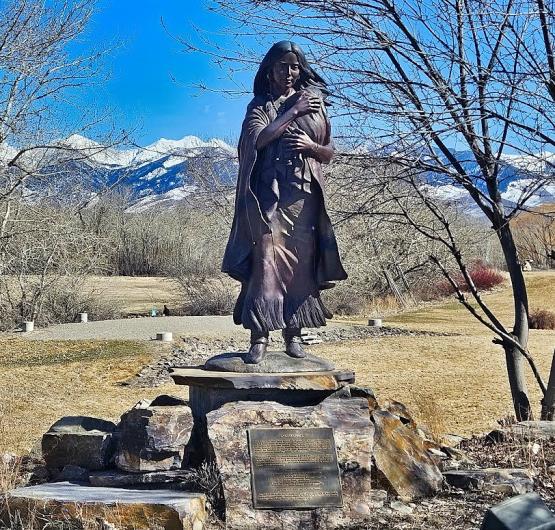Related Stories
- First 100 days: BLM drives energy expansion and national strength
- Protecting the community: Challis Field Office takes steps to ensure a fire resilient landscape
- Twin Falls District Engineer Eddie Sanchez – seasonal wildland firefighter to engineer
- Coeur d’Alene District and Nez Perce Tribe Strengthen Community Through Partnership
- Secretary Deb Haaland visits with Ancestral Lands Conservation Corps crew working to stabilize Lowry Pueblo

